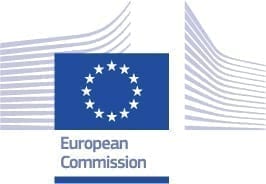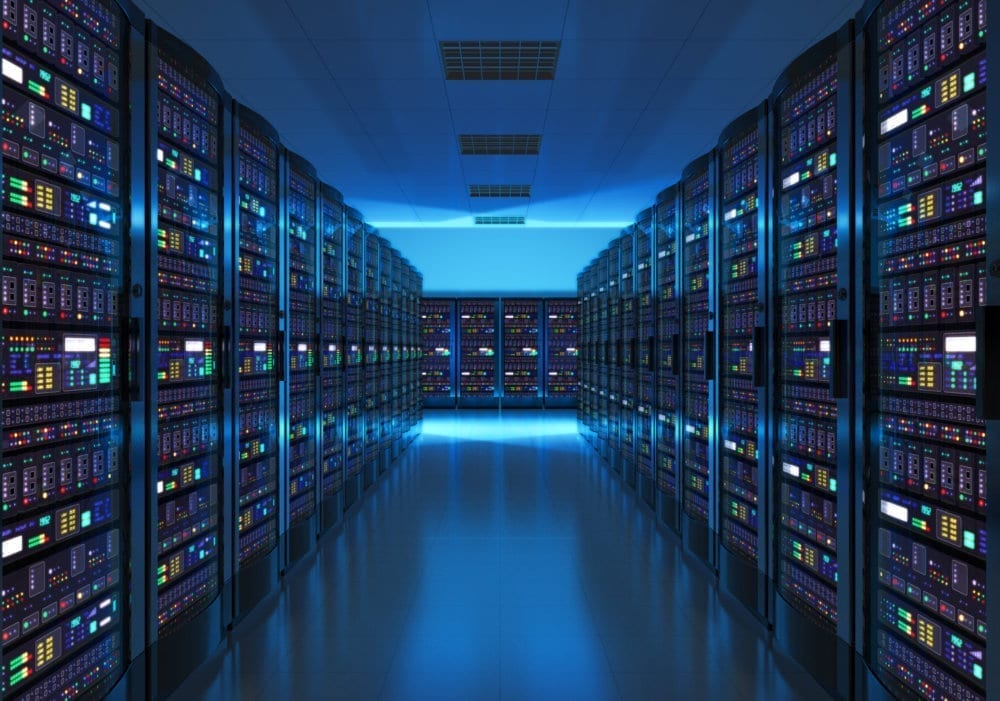Summary of the context and overall objectives of the project
HiLight Semi-Conductor Limited is pioneering the use of CMOS to produce a world’s first, very low power 100Gbps Chipset for data centres.
The current state of the art for data transmission within the data centre is inefficient. Optical Transceiver Modules (OTM), at 40Gbps and above, use power-hungry SiGe/BiCMOS technology in their Integrated Circuits. With a typical, large data centre containing at least 800,000 OTMs, they are responsible for around 8% of total energy use.
Demand for energy efficient technology for data centres is of great importance, commercially, environmentally and politically. Investment in European data centres is growing. By 2020, Europe’s data centres will be using 104 Billion kWh energy every year. The EC’s Code of Conduct for Energy Efficiency in Data Centres is designed to help stem this unsustainable situation, without hampering the critical function of data centres. In the near future, data centre energy costs may exceed the cost of their IT. Displacing the use of BiCMOS with CMOS, reduces power consumption and waste heat from data centre technical equipment (simultaneously avoiding cooling).
HiLight Semi-Conductor Limited has developed a disruptive CMOS Chipset that will unlock higher data rates, whilst reducing energy consumption significantly. This low-cost CMOS solution will also help reduce operating costs and enable data centres worldwide to cut energy use, contributing to global climate change targets.
Work performed from the beginning of the project to the end of the period covered by the report and main results achieved so far (For the final period please include an overview of the results and their exploitation and dissemination)
The overall objective of this project is to successfully undertake vital prototyping, validation and demonstration activities to bring MERCURY to market-readiness. Due to the disruptive nature of MERCURY, it is anticipated that a 30% share in the global data centre market can be achieved by 2022, extending Europe’s leadership as a Centre of Excellence in high speed Analog CMOS design.
Progress beyond the state of the art, expected results until the end of the project and potential impacts (including the socio-economic impact and the wider societal implications of the project so far)
Internet data centres are consuming about 3% of the global electricity supply and account for about 2% of total greenhouse gas emissions. Data centres have a similar carbon footprint as the airline industry. It is expected that by 2020 greenhouse gas emissions from data centres will have quadrupled from 2007 levels, because of the increased data usage.




